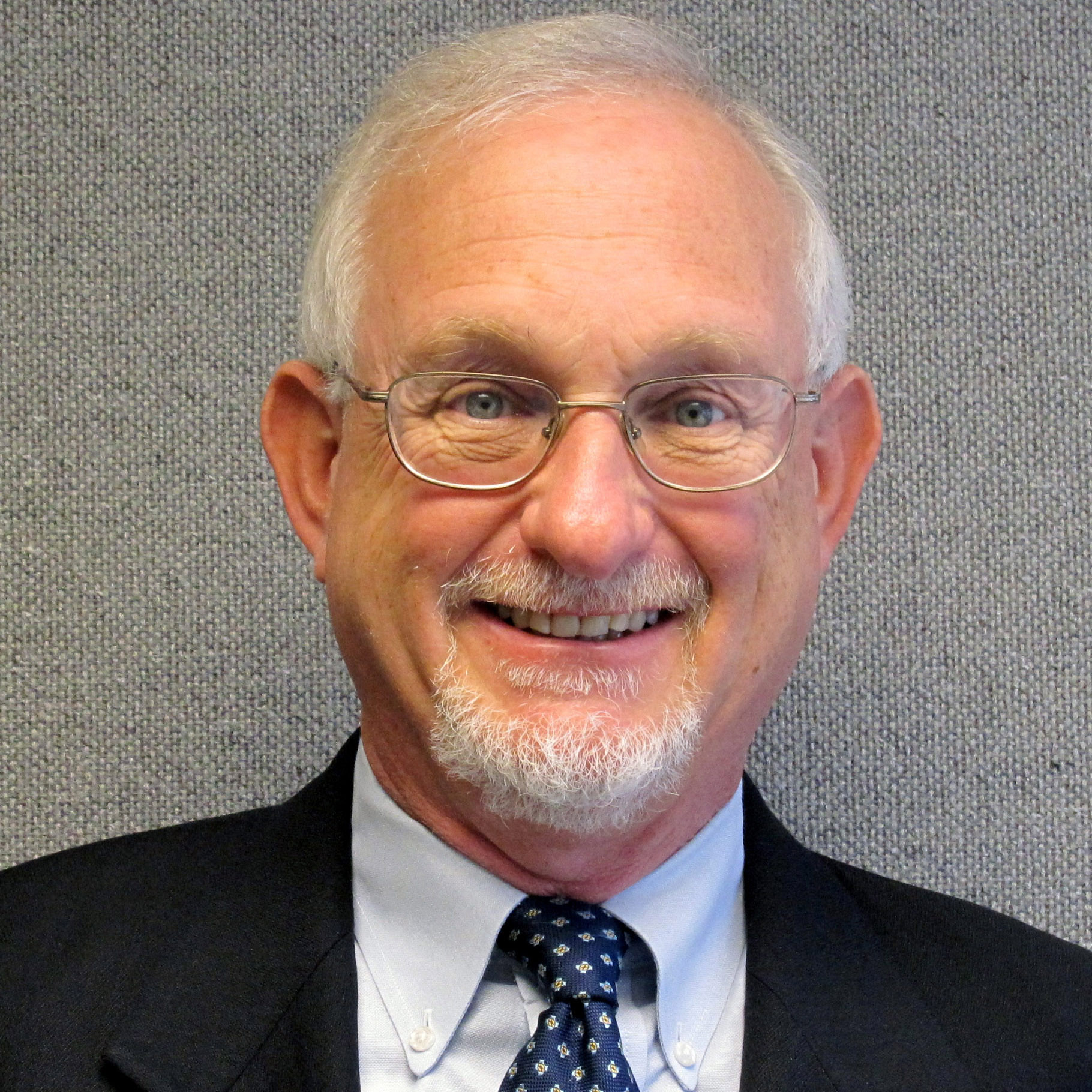Team
 Howard Herzog
Senior Research Engineer
Howard Herzog
Senior Research Engineer
MIT Energy Initiative
Difficulties are often experienced in the siting of facilities that serve a public need but also pose localized safety, health and/or environmental risks. This has historically been due to not-in-my-back-yard (NIMBY) opposition on the part of more affluent neighborhoods but, more recently, can also be attributed to minority and low-income communities’ pursuit of environmental justice. An emerging technology for which siting is likely to present a particular challenge is geologic carbon sequestration. This thesis uses a case study approach to develop a set of recommendations for preventing and, if required, dealing with local opposition to geologic carbon sequestration projects – and necessary but controversial facilities, in general. These recommendations stress the wisdom of neither discounting the possibility nor effectiveness of opposition based on NIMBY syndrome or environmental justice concerns; the potential for careful site selection to reduce the likelihood of local opposition; the importance of meaningful public participation, trust building and compensation in securing community support; and, in the case of facilities with localized risks, the need to educate community members as to the risks involved.
Publications:
Heddle, G.A., “Sociopolitical Challenges to the Siting of Facilities with Perceived Environmental Risks,” M.I.T. Masters Thesis, June (2003). <PDF>